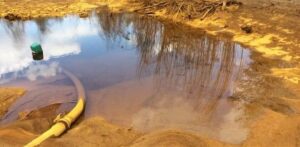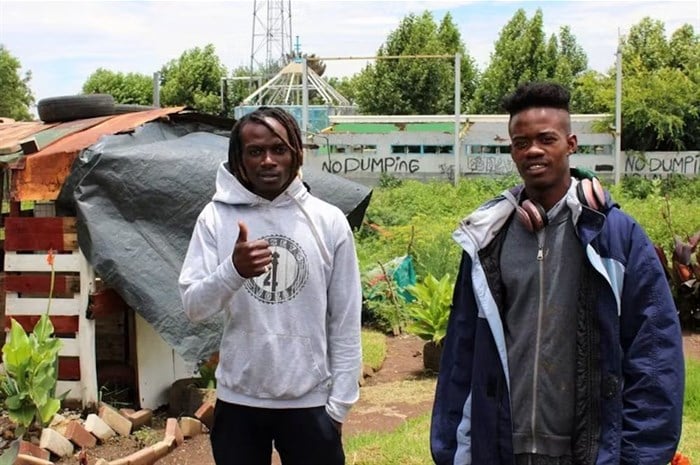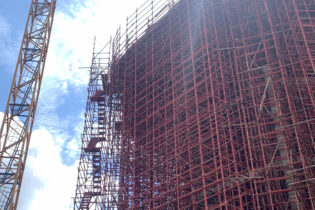By Lesego Khomo
For 140 years, gold mines in Johannesburg, South Africa have been leaking wastewater contaminated with heavy metals. The acid mine drainage from Johannesburg’s estimated 278 abandoned mines and 200 mine dumps includes uranium (a radioactive metal), toxic arsenic, copper, cobalt, nickel, lead and zinc. Acid mine drainage can pollute land and water sources up to 20km away from a mine unless it is remediated by mining companies. The contamination cascades through food webs and poisons river water, plants and animals.The problem
Before 1994 in South Africa, African communities were forcibly relocated to places near mine dumps in Soweto, south-west of Johannesburg. Today, Soweto is home to 1.9 million people who are exposed to acid mine drainage. Fellow environmental scientists Salerwe Mosebi, Khayalethu Ntushelo and I researched how acid mine drainage affects urban agriculture in Soweto. Residents of the area rely on their small vegetable gardens to supplement their income and help meet their nutritional needs. Our research found that acid mine drainage has contaminated the streams, irrigation water sources and subsequently, the soil on the land adjacent to the Klip River, which flows south and west of Soweto. In very mild doses, exposure to the heavy metals in acid mine drainage can cause dehydration and abdominal pain. In cases of serious exposure, birth defects, brain damage, cancer and miscarriages can result. Mining companies are supposed to keep money aside to rehabilitate the environment after they close, and can only close down once the government has granted a closure certificate. But this did not always happen in the past. The authorities, both government and mining companies, should appreciate the seriousness of the situation so that they can do something about it. Strategies could include chemical treatment of the water and construction of wetlands along the rivers. Wetland plants can soak up large quantities of contaminants, such as heavy metals.What the study found
Samples were taken from river sediment, river water, borehole water, and cultivated and uncultivated soil in vegetable gardens all along the Klip River. The study also took samples of spinach leaves in the gardens. These samples were checked to see whether microbes or microscopic organisms, which can be bacteria, viruses or fungi, had been adversely affected by acid mine drainage. The results showed extreme toxicity near the mine dumps at abandoned mines (the source of acid mine drainage). People living closest to these sites were the most affected.Bacteria are the most robust and hardy forms of life yet the sites we tested were found to be unlivable for all life. Microbes were unable to survive the levels of contamination.
The findings provide compelling evidence that acid mine drainage is indeed detrimental to the microbial community. It could be disrupting the delicate microbial networks that are so important for a healthy environment.









